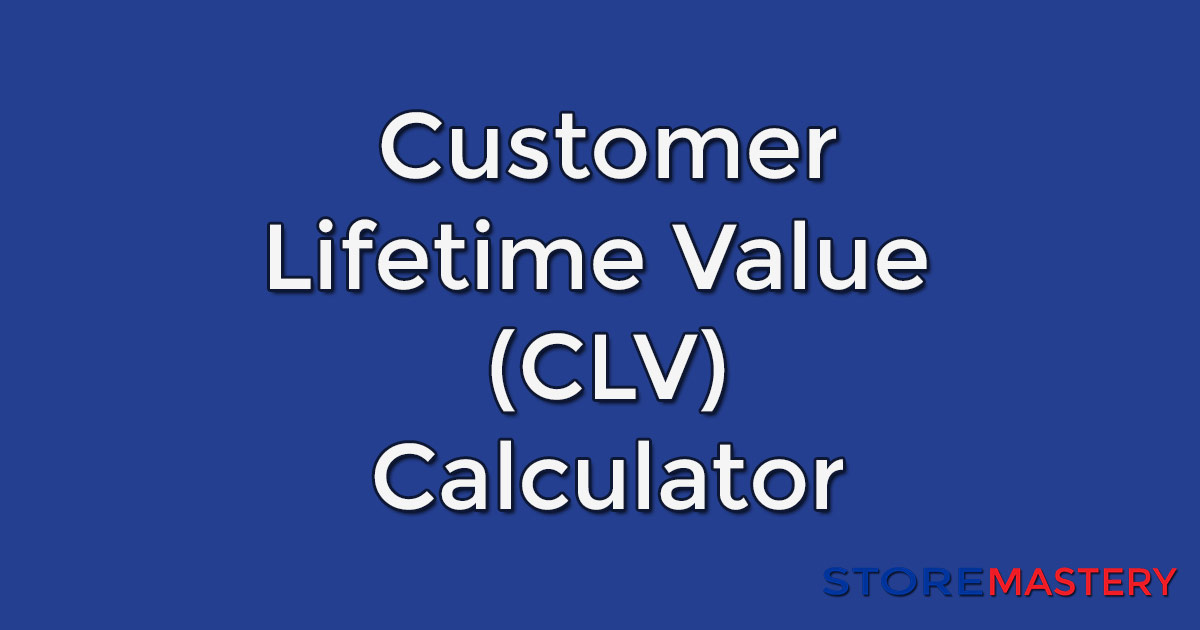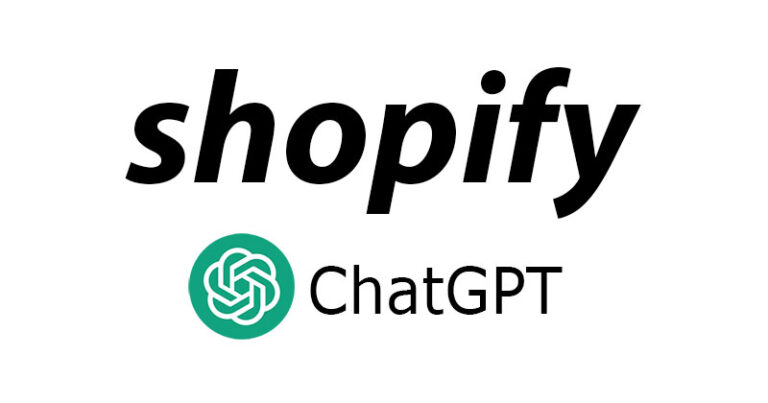Customer Lifetime Value Calculator
Customer Lifetime Value (CLV) is an important metric in ecommerce and marketing in general. It estimates the total value a business can reasonably expect from a customer over the course of their relationship.
Knowing the CLV helps businesses understand how much money they should spend on acquiring new customers and retaining existing ones. It also assists in segmenting customers based on their profitability, so businesses can invest more in high-value customers.
The basic formula to calculate CLV is:
Average Purchase Value x Purchase Frequency x Customer Lifespan
Customer Lifetime Value Calculator
- Average Purchase Value: This is calculated by dividing the total revenue over a certain period by the number of purchases during that same period.
- Purchase Frequency: This is calculated by dividing the number of purchases by the number of unique customers who made purchases during that period.
- Customer Lifespan: This is the average number of years a customer continues purchasing from your business.
My Personal Journey with Understanding Customer Lifetime Value (CLV)
When I first started in ecommerce, I was primarily focused on getting as many sales as possible. Every sale was a win, and I celebrated each one. But as time passed, I realized that not all customers were created equal. Some would make a single purchase and never return, while others became loyal patrons, buying from me again and again.
That’s when I stumbled upon the Customer Lifetime Value (CLV) concept. At first, it seemed like just another metric.
But as I delved deeper, it had a profound impact on my business decisions. CLV wasn’t just about how much a customer spent in one transaction; it was about understanding the total value a customer brought to my business over the course of time.
Why Knowing CLV Helped My Marketing Strategy
Budgeting for Customer Acquisition:
Before understanding CLV, I spent indiscriminately on marketing, hoping to attract as many customers as possible. However, once I grasped the concept of CLV, I realized I could afford to spend more on acquiring customers who would stick around and buy repeatedly. It gave me a clearer picture of how much I should invest in not just acquiring and retaining customers but also what type of customer.
Focusing on High-Value Customers:
Not all customers are the same. Some might buy high-ticket items occasionally, while others might make smaller more frequent purchases. By understanding CLV, I could segment my customers based on their profitability. This allowed me to tailor my marketing efforts, focusing more on those who brought me the most value.
Planning Long-Term Relationships:
Knowing my customers’ average lifespan helped me craft long-term marketing strategies. Instead of always chasing new customers, I started investing in nurturing existing relationships, ensuring they had reasons to keep coming back.
Diving Deeper: The Key Components of CLV
When I first discovered CLV, I heard a few terms that initially seemed complex to me. But as I got to grips with them, I realized they were the building blocks of understanding my customers’ value. Let me share my insights on these:
Average Purchase Value:
Think of this as the average amount a customer spends when they shop from you. To get this, I would take my total revenue over a month and divide it by the total number of purchases made in that month. It gave me a clear picture of how much, on average, each transaction was worth to my business. For instance, if I earned $10,000 in January from 200 purchases, my average monthly purchase value would be $50.
Purchase Frequency:
This was a revelation for me. It’s not just about how much customers spend, but how often they return to shop. To figure this out, I’d divide the total number of purchases by the unique number of customers who made those purchases. So, if I had 100 purchases in a month but only 50 unique customers, it meant that, on average, each customer bought from me twice that month. This helped me understand the loyalty and shopping habits of my clientele.
Customer Lifespan:
This one is more long-term. It’s about understanding how long a customer sticks with my brand. If, on average, a customer continues to buy from me for 3 years, that’s their lifespan. It’s a crucial metric because it helps me predict future revenue and strategize on how to increase this lifespan. It could be through loyalty programs, or it could be by introducing new products they’ll love. Knowing this number has been invaluable in planning for the future.
Wrapping It Up
These terms might seem a little technical initially, but they’re the heart and soul of understanding CLV. By breaking down CLV into these smaller components it’s helped me to make more informed decisions, tailored my marketing strategies, and, ultimately, built stronger relationships with my customers. And trust me, when you start using these metrics in your business, it’s a game-changer!
Got any questions? Post your questions in our Shopify forum and mention the Customer Lifetime Value calculator.
Link to this calculator: Copy the code below and paste it into your page.
<p><a href="http://storemastery.com/customer-lifetime-value-calculator/">Customer Lifetime Value Calculator</a></p>






